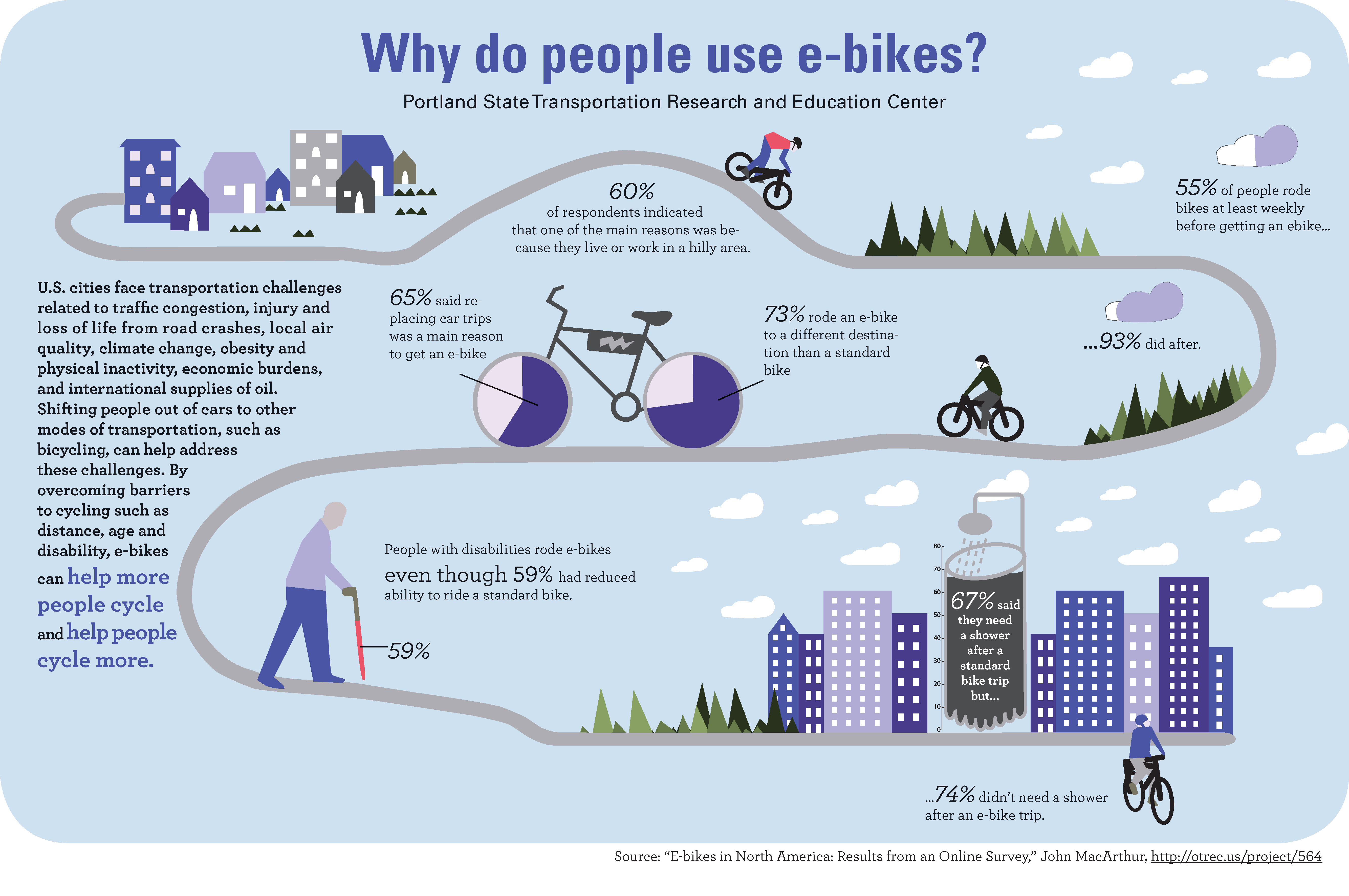A Comprehensive Overview For Beginners On E-Bike Regulations And Laws In Your Area
A Comprehensive Overview For Beginners On E-Bike Regulations And Laws In Your Area
Blog Article
Staff Writer-Padilla Willumsen
Before you hop on your e-bike and struck the streets, it's vital to understand the regulations and policies that govern your city. From speed restrictions to marked riding locations, there's a lot to consider to guarantee you're certified and secure. By acquainting on your own with the guidelines details to e-bikes, you'll be better outfitted to enjoy your adventures with no unanticipated lawful concerns. Keep tuned to uncover key understandings that will help you navigate the e-bike landscape in your city perfectly.
Recognizing E-Bike Category
When it pertains to navigating the world of e-bike laws and policies, a critical beginning factor is recognizing the classification system that categorizes these electrical bicycles. E-bikes are typically categorized right into three major categories: Class 1, Course 2, and Class 3.
Course 1 e-bikes are pedal-assist just, suggesting they provide support while the cyclist is pedaling and have a maximum speed of 20 mph. how to make an e scooter faster are allowed areas where standard bicycles are permitted.
Class 2 e-bikes are geared up with a throttle that can drive the bike without pedaling. They also have a maximum speed of 20 mph and are suitable for riders who might need aid without pedaling constantly.
Course 3 e-bikes resemble Course 1 however with a greater maximum speed of 28 mph. These bikes are commonly restricted from particular bike paths or trails because of their higher speeds.
Understanding these classifications is necessary for adhering to local guidelines and guaranteeing a risk-free and satisfying e-biking experience.
Navigating Speed Limitations and Constraints
To successfully navigate e-bike laws and guidelines, it's important to comprehend the speed restrictions and constraints that put on different courses of electrical bikes.
Rate limitations for e-bikes vary depending on the category of the bike. Class 1 e-bikes, which are pedal-assist just and have a maximum speed of 20 miles per hour, are typically allowed on bike lanes and paths.
Course 2 e-bikes, which have a throttle in addition to pedal-assist and additionally get to rates of approximately 20 miles per hour, might be restricted in specific locations where motorized vehicles aren't allowed.
Course 3 e-bikes, with pedal-assist as much as 28 miles per hour, are usually called for to adhere to the very same guidelines as typical bicycles.
It is very important to stick to these rate limitations and restrictions to guarantee your safety and the security of others when traveling. Prior to riding your e-bike, acquaint on your own with the certain regulations in your city to prevent any possible fines or lawful issues.
Where to Trip Your E-Bike
To establish where you can ride your e-bike, it's vital to recognize the policies and standards specific to your place. In the majority of locations, e-bikes are generally allowed on roadways and streets where standard bikes are allowed. This might include bike lanes, bike courses, and shared roads. Nevertheless, https://simondjosx.like-blogs.com/32861899/discover-exactly-how-making-a-few-uncomplicated-modifications-can-effortlessly-reveal-the-tricks-to-prolonging-the-battery-life-of-your-e-bike to inspect regional legislations as some cities may have certain constraints on where e-bikes can be ridden.
When riding https://fatbikeebike31975.frewwebs.com/33599156/accept-the-underrated-abilities-of-electrical-bikes-to-help-with-a-greener-and-extra-structured-commute-through-lively-city-landscapes -bike, constantly focus on safety and security by adhering to website traffic rules and respecting pedestrian walkways. In addition, be mindful of any designated bike lanes or paths in your location and use them whenever possible to make certain a smoother and more secure experience.
Some cities also have guidelines pertaining to e-bike use on sidewalks, so see to it to acquaint on your own with these guidelines to stay clear of any penalties or penalties.
Final thought
Since you're familiar with the legislations and policies bordering e-bikes in your city, you can with confidence hit the trail recognizing where you can ride and what restrictions put on your e-bike classification. Keep in mind to always prioritize safety and security and adhere to the guidelines to guarantee a smooth and lawful experience. Delighted riding!
